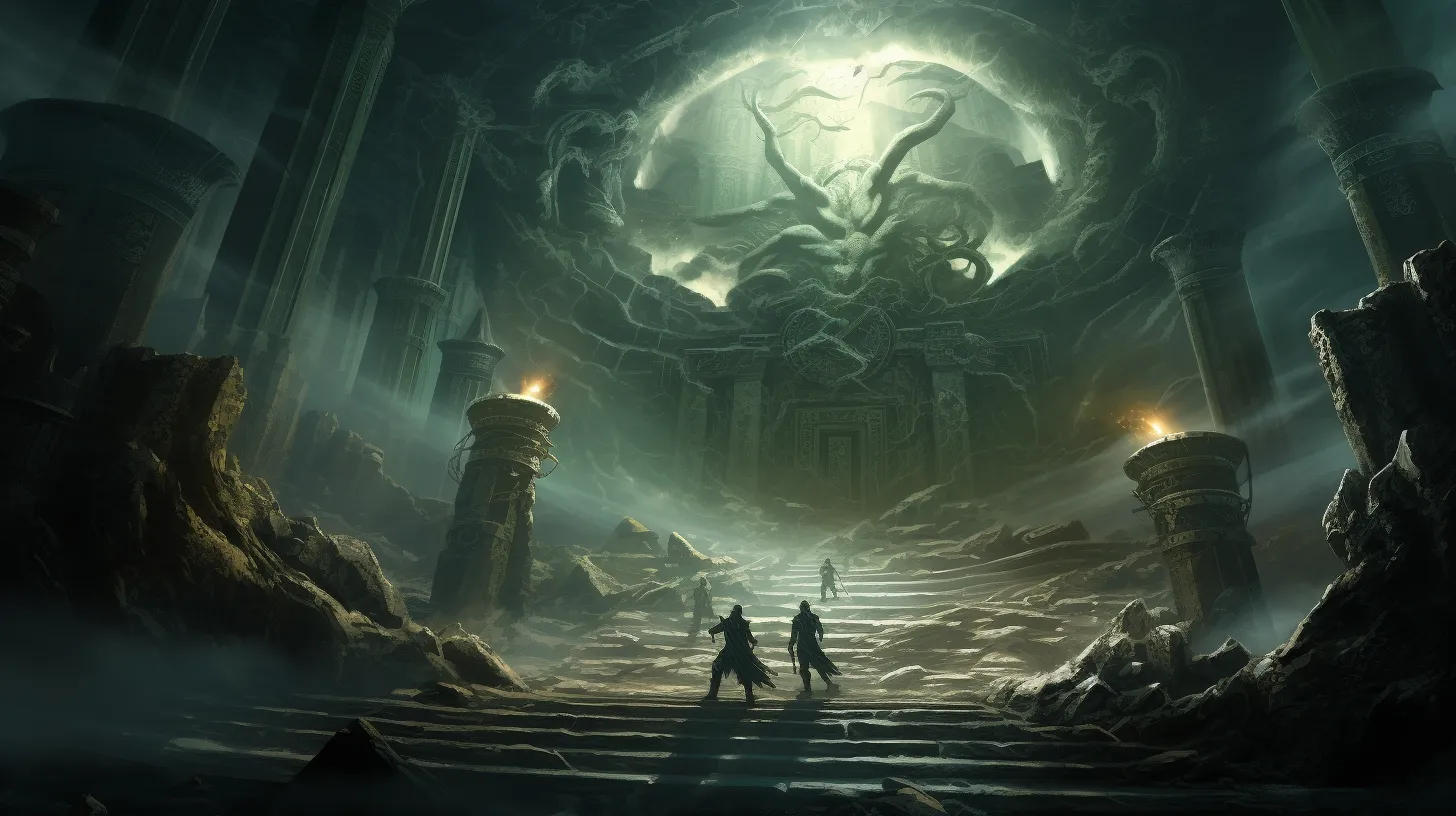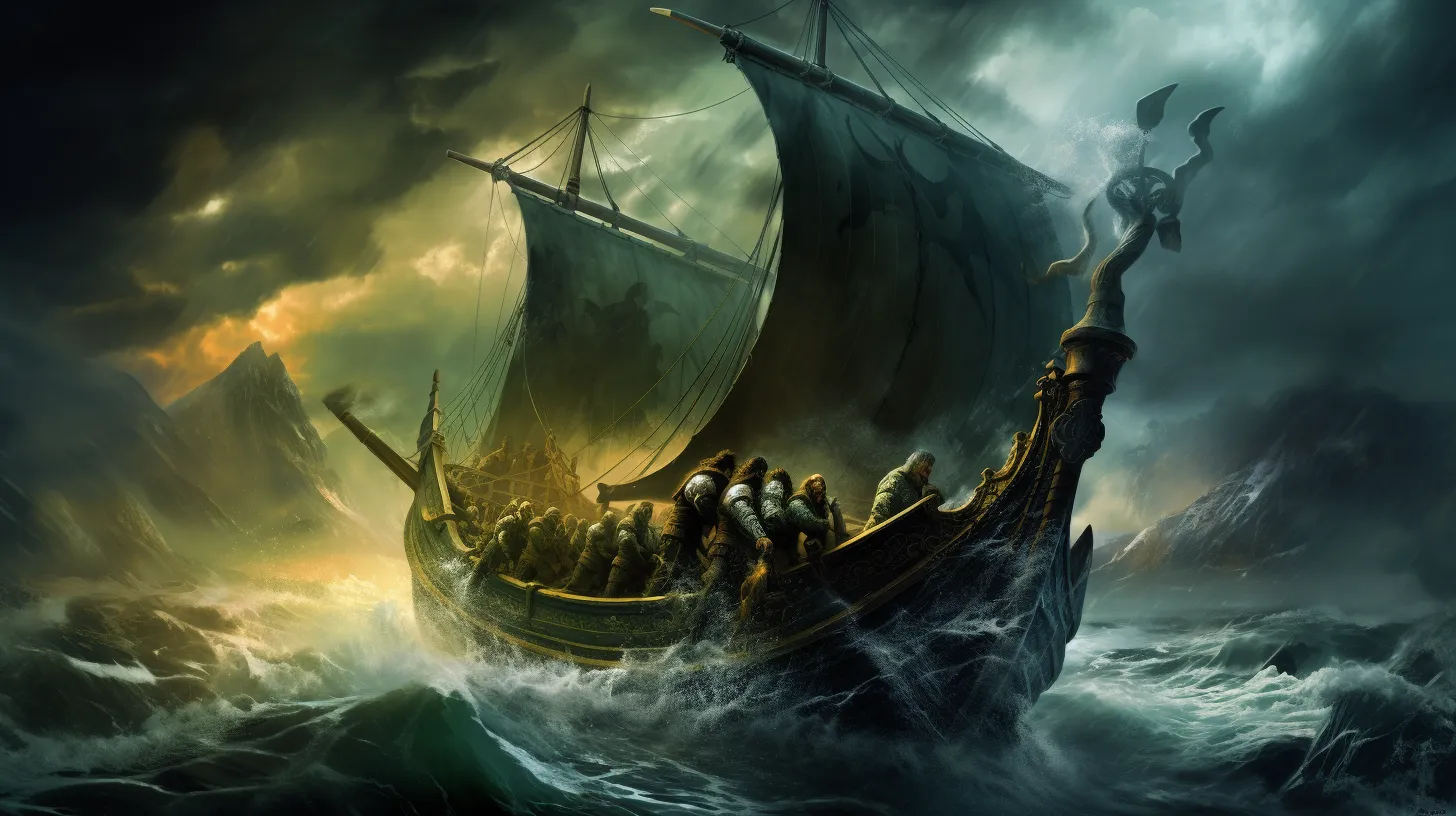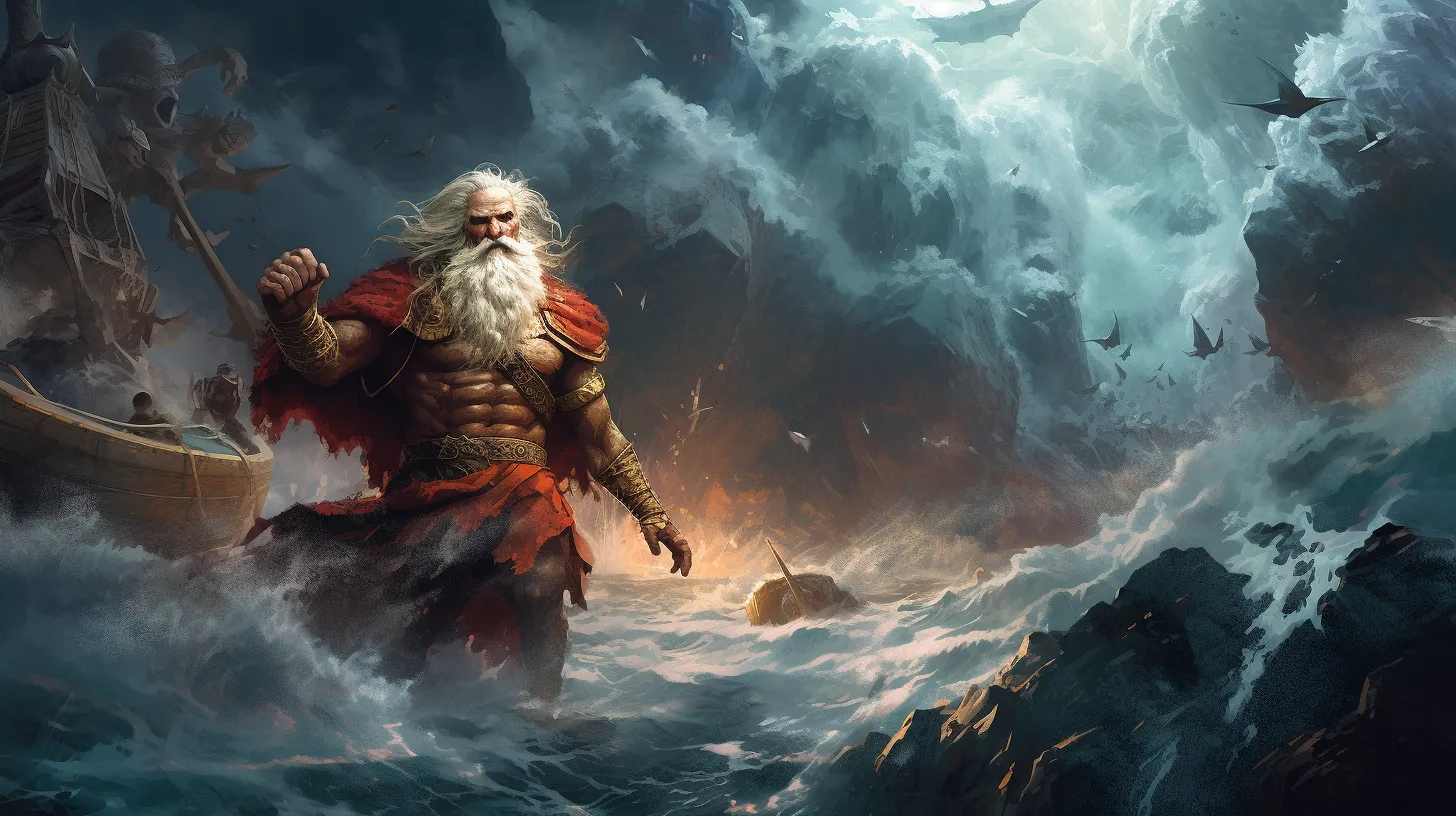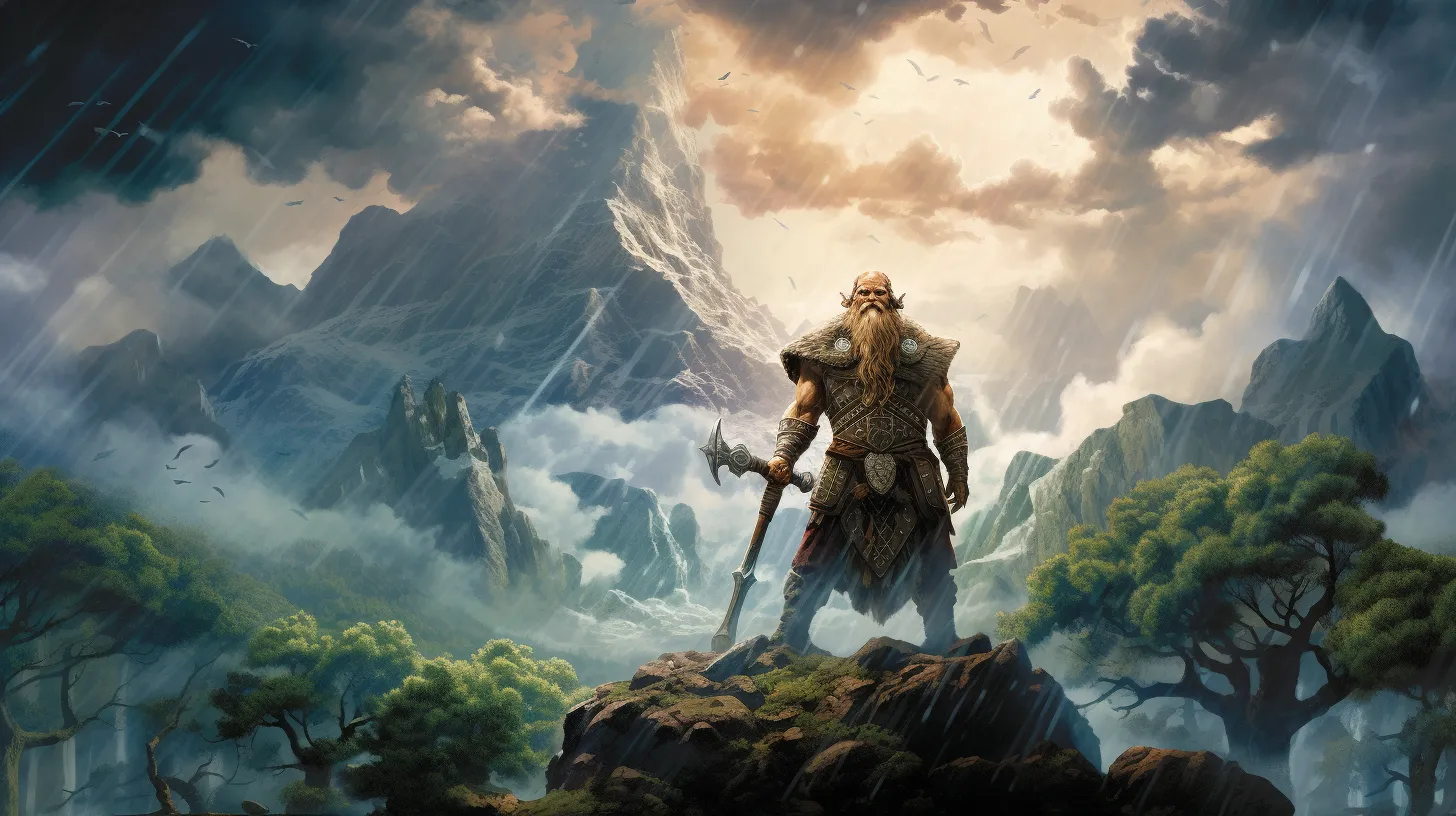Imagine you’re in the shoes of Kratos, the once-feared God of War. After defeating the deities of Olympus, you’re now in search of peace, far from the shadows of past wrongdoings.
The cold, wild lands of Norse mythology are where you land, in an environment rich with legends as deep and complex as the ones you’ve left.
Your arrival in this harsh world isn’t about running away, but rather a conscious step towards beginning anew, influenced by the complex patterns of fate and the burdensome weight of destiny.
As the stories of this new land unravel, your journey isn’t merely through a physical territory but a rich mosaic of legendary tales. You are now entwined in a grand saga that requires your skill and determination.
This shift in your life isn’t random; it’s a purposeful move shaped by powers beyond any individual god, reflecting your relentless quest for atonement and authority.
‘Even the mightiest warriors can seek new beginnings, and in the cold whispers of the North, Kratos found his.’
Kratos’ Journey Post-Greek Era

After you witnessed Kratos’ wrathful destruction of the Greek pantheon, his odyssey led him to the cold and unforgiving lands of Norse mythology.
When Kratos left Greece, it was amidst the chaos of a great flood at the end of his reign as the God of War. This cataclysmic event not only marked the end of one era but heralded the beginning of a new life for the once-feared deity.
The God of War series deftly illustrates his transformation, as Kratos defeated his former self and Greek mythology to emerge anew in Midgard.
His transportation to get Kratos there was no less dramatic—a solitary boat navigating through the aftermath of the world he shattered, signaling the end of God as he was known and the inception of a myth reborn.
Mythological Realms Transition Explained

You’ll discover that the interconnectedness of mythological worlds after the catastrophic flood made Kratos’ journey to the Norse realm possible.
His epic saga, chronicled in the God of War games, extends from the ruined pantheon of Greek mythology to Norse mythology. It’s a testament to his relentless will to forge a new path amidst the ashes of his past.
- Severing Ties with Olympus
- Emotional Release – Kratos abandons his Blades of Chaos, symbols of his Greek torment.
- Transformation – A fresh start in the realm of Midgard, a chance for redemption.
- Legacy – The flood left a scar across cultures, yet Kratos emerged resilient.
His mythological rebirth, transitioning from Greek to Norse mythology, resonates with your desire for control over fate, destiny, and life’s tumultuous seas.
Narrative Clues in God of War

While exploring the rich tapestry of Norse mythology in God of War, you’ll uncover narrative clues that further illuminate Kratos’s journey from the Greek to the Norse realms.
Delve into the video game’s depths, and at Tyrs Bridge, you’ll find evidence of time’s passage—a whisper of the eons Kratos has weathered in Midgard.
The enigmatic vase bearing his visage in the Tyrs Vault speaks volumes; Kratos hasn’t merely stumbled into Norse lore but has become woven into its very fabric, suggesting an ancient bond with the Norse realm.
Discover a carving of the Norse god Tyr, the bridge between worlds, and realize the Creative Director’s masterstroke: the Norse gods and their domain are but one thread in the expansive loom of Kratos’s saga, intertwined with his son Atreus.
This is the domain of gods, where legends converge and you, the arbiter of Kratos’s fate, command the narrative.
Theories Behind Kratos’ Migration

One might wonder how Kratos found himself in the snow-laden lands of Norse mythology after his Greek saga. The theories are as compelling as they’re mysterious:
- The Cataclysmic Flood:
- The end of Kratos’ reign in Greece was marked by a great flood.
-
This deluge is believed to have been the vehicle used frequently by fate itself, sweeping Kratos away from his past.
-
Mystical Voyages:
-
As the Norse God of War, Kratos’ arrival in Midgard may have mirrored the odysseys of olden deities, via seafaring vessels that braved the unknown.
-
Fateful Encounters:
- Left without purpose, Kratos’ migration was perhaps orchestrated by forces seeking to unleash Ragnarok, with Faye guiding him to Norse destiny.
The question persists: How did Kratos get to Norse lands? The answers lie within the legends.
Creative Decisions by Santa Monica Studio

When Santa Monica Studio set out to reinvent the God of War series, they transported Kratos to Norse mythology to weave a tale where he’d face the gods and monsters of a starkly different pantheon.
This bold move wasn’t just a leap across mythologies; it was a strategic pivot in narrative direction.
After the tumultuous events of God of War III, Kratos left Greece—his story seemingly concluded. Yet, the creative decisions of Santa Monica Studio resurrected his saga with gripping intensity.
As Director of the God of War series, they charted a course that bridged Greek and Norse mythos, shrouding the obvious forms of transportation in mystery.
Now, you command Kratos, alongside his son Atreus, to navigate a realm where each choice reflects your dominion over fate’s untold paths.



